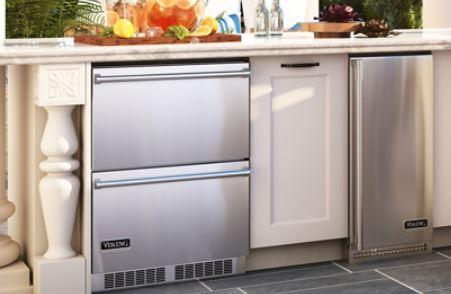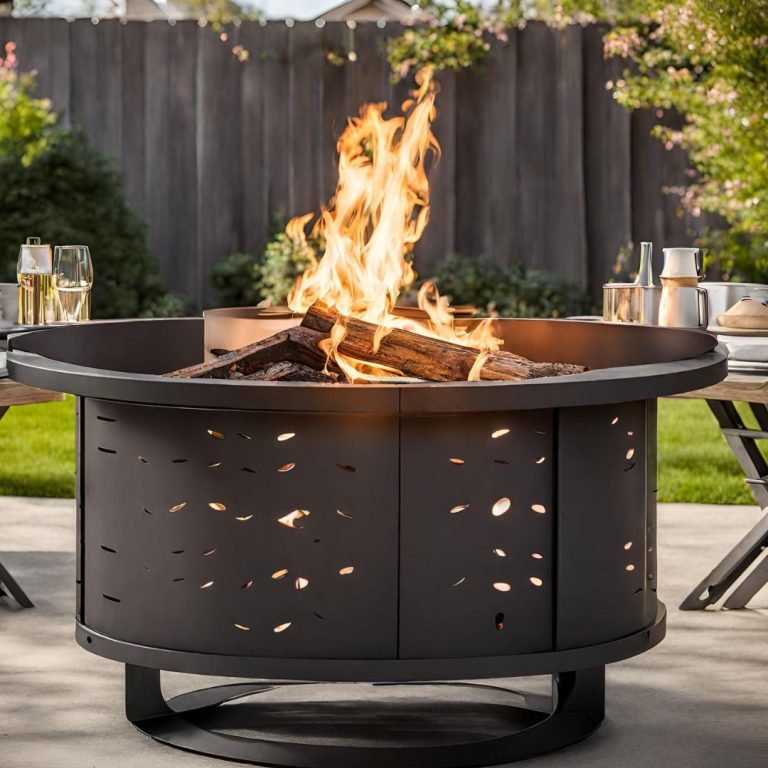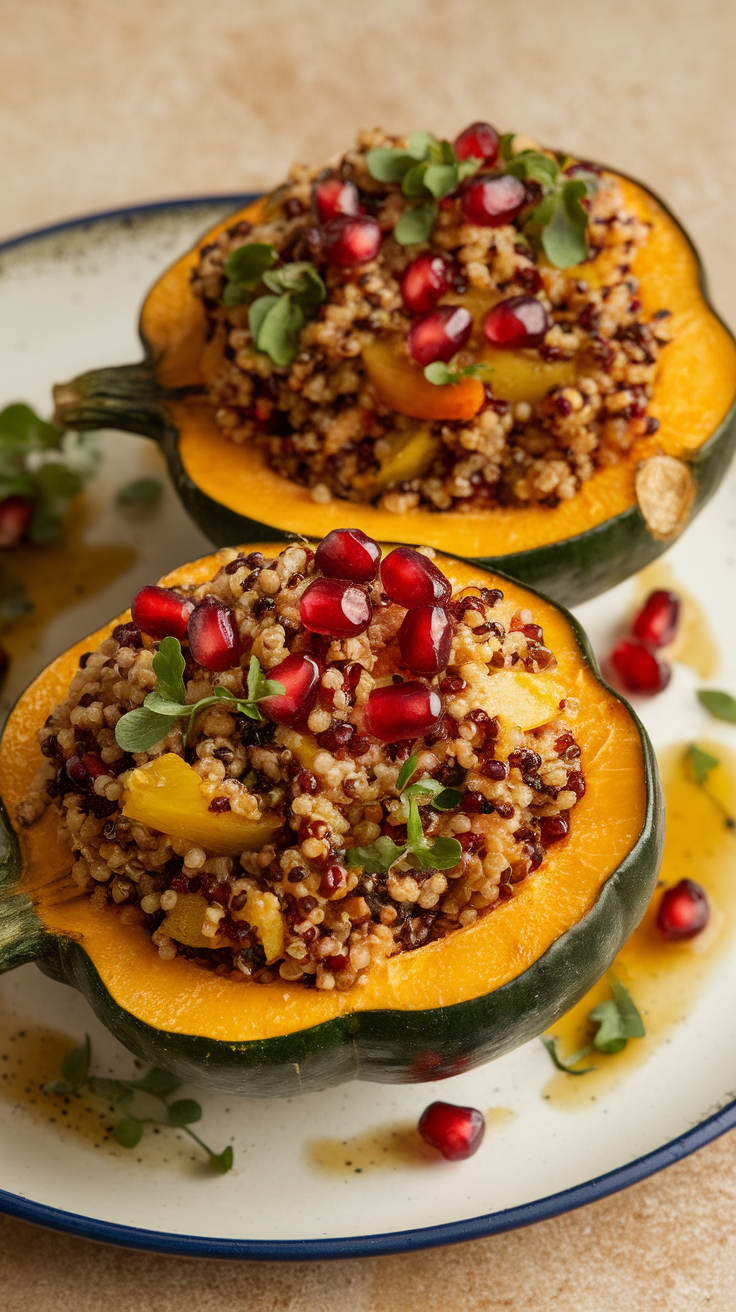What to Look For When Buying Outdoor Kitchen Fridges
 Selection Guide for Outdoor Kitchen Fridges
Selection Guide for Outdoor Kitchen Fridges
Looking for an outdoor patio fridge for your deck or to complete your outdoor kitchen? Summer days call for chilled beverages and refreshing foodstuffs that take the heat out of the day. Here are the most important criteria for deciding which outdoor refrigerator is best for your space and style of entertaining:
What is the difference between indoor and outdoor refrigerators?
While some refrigerators are made for both indoor and outdoor use, most fridges are manufactured for one or the other.
Refrigerators, both indoor and outdoor, can be integrated into an outdoor kitchen or used as an independent device. Both come in a variety of colors, including the most typical white, black, and stainless steel hues. Each is available in a number of sizes, including little under-counter models and larger entertaining models. Refrigerators, both indoor and outdoor, keep food and beverages at the perfect temperature. Some even have a digital thermostat to keep the unit at the perfect temperature range. In terms of pricing, both refrigerators may be found for as little as $500 and can cost up to several thousand dollars depending on the make, model, size, and other amenities.
An outdoor refrigerator is built to handle the frequent temperature swings caused by the weather, but an interior refrigerator does not have to work as hard to deal with temperature changes because indoor temperatures are relatively consistent. Outdoor refrigerators are also better suited to withstand the elements and continue to function safely regardless of the weather. In addition, outdoor refrigerators have greater insulation to safeguard their contents from inclement weather. Indoor refrigerators, on the other hand, are more feature-rich. They may have built-in TV screens or ice dispensers, for example, but an outdoor refrigerator usually only has the essentials: movable shelves, adjustable temperature, and an internal light.
What is the difference between an outdoor beverage cooler and a refrigerator?
A beverage cooler, sometimes known as a beverage center or beverage refrigerator, is a storage unit for a variety of beverages. You may set the temperature between 39°F and 65°F with the temperature control. Some coolers might have a digital control for temperatures. They also come in several sections to accommodate various beverage varieties.
Unlike a typical refrigerator, the LED lights inside are always on, illuminating the beverages, and the refrigerator has a transparent door that allows it to be seen from the outside. An outdoor wine cooler looks especially attractive with its glass doors and led lighting.
You may either leave a freestanding beverage refrigerator in your outdoor kitchen or have it built-in to cabinetry or beneath counters – this is the greatest option if you also have an outdoor bar. You can choose a side-by-side beverage cooler if you want to maximize your beverage storage. Another important feature of coolers is that many of them have dual zone temperature controls for different types of beverages.
With an average temperature of 40°F, a typical refrigerator or fridge is meant to keep food and liquids cool and dry. (Coolers are designed to keep drinks cold, but not preserve other foodstuffs). To keep perishables such as salads, fruits, milk, and meat, outdoor refrigerators contain numerous sections, glass shelves, and numerous other adjustable shelving. Refrigerators can also have a top freezer or a bottom freezer.
Refrigerators come in a variety of styles. Top and bottom mount refrigerators, as well as French door refrigerators, side-by-side refrigerators, mini-fridges, and more, are available. They have interior lights, similar to those in the beverage cooler, but they turn off when the door is closed.
Choosing an Outdoor Kitchen Refrigerator
What does an outdoor refrigerator cost?
Adding insulation and power has a price tag. An outdoor refrigerator’s pricing varies by brand and type, but you can expect to pay anywhere from $600 to $2,000+ for either an outdoor builtin fridge or free standing one for your outdoor kitchen.
However, it’s crucial to keep in mind that you get what you pay for. While all outdoor refrigerators may have a stainless steel exterior, not all are constructed with the same grade. The greater the grade, the better the quality, which means your outdoor refrigerator will be less prone to rust.
Another thing to look for is to make sure the outdoor appliance you are looking at has an outdoor rating. You can check for the UL approval seal to make sure it is safe and suitable for use outdoors.
What materials make for a good outdoor refrigerator?
Another important factor to consider is the design materials in your refrigerator. A brushed stainless steel finish on your glass door refrigerator door looks terrific. Stainless steel gives the finest corrosion resistance and assures that your refrigerator will last for at least 5 years.
Plastic materials are less expensive, however they do not endure as long as stainless steel. When choosing a stainless steel model, look for one that is made of 304-grade stainless steel. 304 is a corrosion-resistant metal that is also cost-effective.
Stainless steel has a high chromium concentration, which makes it rust-resistant, which is important if you live near the ocean or in a humid environment. The air near the shore is salty, and it rusts any bare steel in a matter of weeks. A stainless steel refrigerator will not be destroyed by humidity after a few years although you might need to clean it occasionally to keep it looking its best.
If you live in a humid region, a plastic body for your outdoor refrigerator can be a better option. However, you’ll want to make sure that the machine’s hinges and fasteners are all stainless steel.
The door seal is another important factor for your outdoor refrigerator. A lightweight silicone seal keeps the air within the refrigerator in interior refrigerators. Moving your inside fridge outside will cause the door seal to deteriorate, reducing the fridge’s efficiency. Remember this if you bring your mini fridges outdoors for temporary use.
If your refrigerator’s door seal fails, you’ll either need to replace it or throw it away. As a result, when choosing your ideal outdoor fridge, make sure it has a weatherproof door seal.
What size outdoor refrigerator should I buy?
An outdoor refrigerator’s overall size and capacity are also key considerations. There are two types of units on the market: standard and outdoor compact refrigerators. A typical unit is 34 inches tall, 24 inches wide, and 24 inches deep. Depending on insulation and wall thickness, they offer storage capacities of 5.5-6 cubic feet. In most outdoor kitchens, you’ll find a standard-sized unit. Despite their size, they can hold raw ingredients and keep ice cold drinks for long periods of time.
Compact refrigerators are a little on the small side, with 3.3 cu. ft. of storage space on average. They are likewise identical in size, but they are 38 percent leaner. The average narrow fit outdoor refrigerator is 34 inches tall, 15 inches wide, and 24 inches deep. If you want outdoor refrigeration but don’t have a lot of money or room, these are ideal.
You’ll also notice that the height and depth of the compact and regular models are the same. This is due to the fact that they are countertop depth units, which make them ideal for most outdoor kitchens. It will take the guessing out of cutting the appropriate sized holes and make the procedure much easy with a few predefined parameters.
Just make sure you consider how much space you’ll need, the unit’s weight when fully loaded, and whether or not you have a location that can sustain the unit’s entire weight both during installation and while it’s up and running.
Outdoor Refrigerator Venting Considerations
You’ll notice both rear-vented and front-vented refrigerators while shopping for outdoor refrigerators. Because air flow is driven through the front, a fridge vented at the front is sometimes the easiest solution for an outdoor kitchen or outdoor kitchen island. Refrigerators with rear vents require space on the top, sides, and back. A rear venting refrigerator is also a viable alternative if sufficient ventilation is installed.
BuiltIn or Freestanding
The key distinction is in the manner in which the refrigerator is ventilated. Built-in refrigerators are front-venting refrigerators that may be “built-in” to your outdoor cabinets without any space constraints. You’ll most likely want a built-in refrigerator that can be installed beneath your counter if you have an outdoor kitchen and want a seamless effect.
Freestanding outdoor refrigerators require room around them to function correctly because they have ventilation on the top, back, and sides. Freestanding refrigerators are convenient since they can be placed almost anywhere and do not require professional installation. Allow at least an inch of space for ventilation if mounted in a cabinet.
Maintaining Your Outdoor Refrigerator
One of the best aspects of owning an outdoor refrigerator is its long service life and durability. Premium outdoor materials are used in the design and construction of outdoor refrigerators. As a result, they won’t quickly break down, and you’ll need to re-gas them every 7 to 10 years. They are, nevertheless, a relatively low-maintenance appliance.
If you have a built-in refrigerator, automatic defrost types are also useful. Defrosting a regular refrigerator on your kitchen counter can damage wood and other materials. If you reside in a region where the winters are harsh and you have an outdoor recreation area, it’s advisable to switch your refrigerator off during the winter months to save money on power and extend the life of the appliance.
If you’re overwintering your refrigerator, keep the door slightly ajar to avoid mold growth. Keep the door closed over the winter if the refrigerator is in a semi-open location, but make sure to clean the interior thoroughly before stocking it in the spring.
Outdoor Fridges Tips
- If your budget is tight, you can use your indoor portable mini fridge outdoors until you decide on a more permanent solution. Compact refrigerators such as mini fridges are easy to move and helpful if you only entertain out of doors occasionally.
- If you only have room for one, either an outdoor refrigerator or outdoor ice maker, consider a combo unit. If you need your ice maker only rarely and don’t need a lot of ice, this may be your most economical option that also saves space.
- The more expensive models may have features such as auto defrost or frostfree outdoor capabilities. If you aren’t used to defrosting a freezer, you might want to value these options highly.
- Consider also how your outdoor kitchen is laid out. You might need a builtin outdoor refrigerator with a reversible door to accommodate an efficient work triangle.






